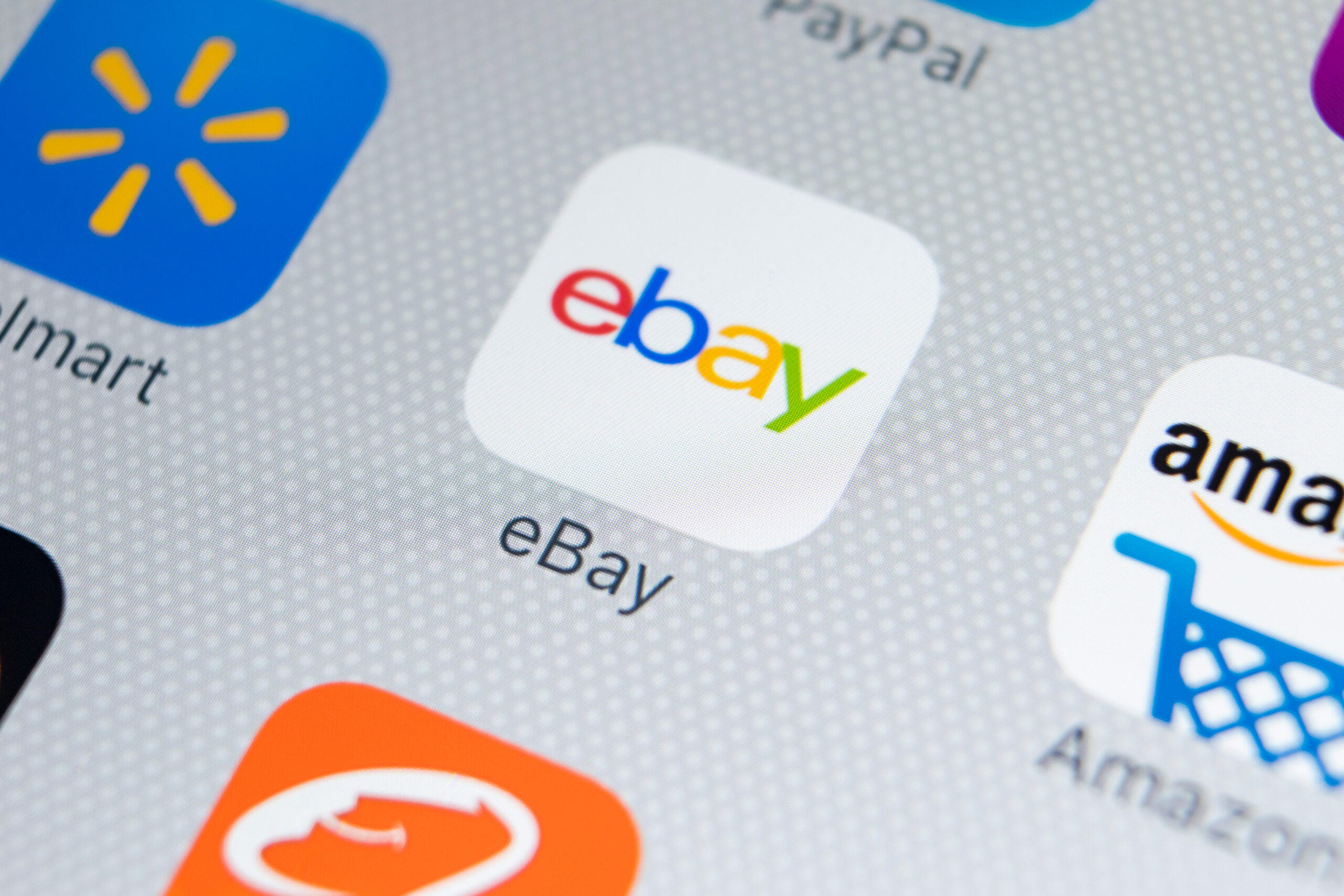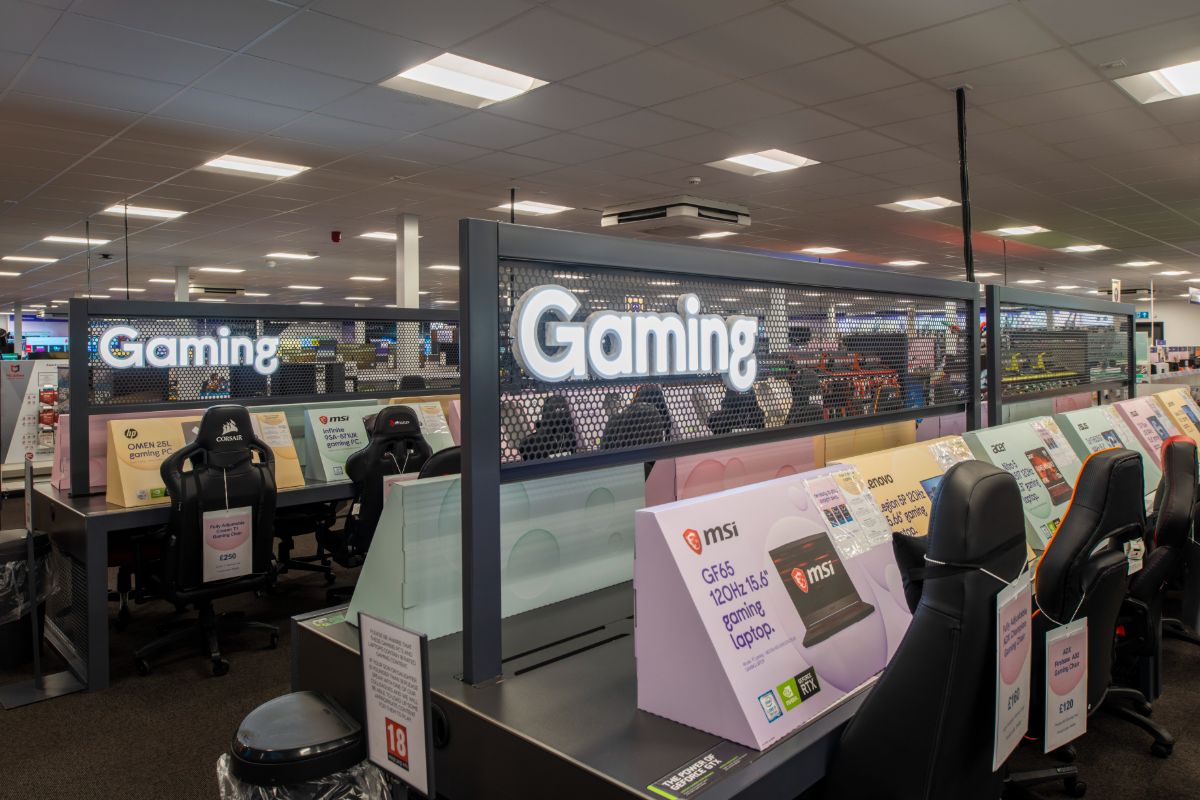Amazon says it sold more goods on Prime Day, a day of discounts open only to members of its Prime subscription scheme, than on Black Friday 2014 – which till this week was its biggest-ever selling day. It says response beat its expectations – and that the event will certainly be repeated in future.
Worldwide order numbers were 266% ahead of the same day, July 15, last year, and 18% up on Black Friday 2014.
“Thank you to the hundreds of thousands of new members who signed up on Prime Day, and our tens of millions of existing members for making our first ever Prime Day a huge success,” said Greg Greeley, vice president of Amazon Prime. “Customers worldwide ordered an astonishing 398 items per second and saved millions on Prime Day deals. Worldwide order growth increased 266% over the same day last year and 18% more than Black Friday 2014 – all in an event exclusively available to Prime members.
“Going into this, we weren’t sure whether Prime Day would be a one-time thing or if it would become an annual event. After yesterday’s results, we’ll definitely be doing this again.”
“The response to Prime Day has surpassed all of our expectations,” commented Christopher North, Managing Director at Amazon UK. “Prime Day was our biggest day of deals ever – we sold even more deals than on Black Friday. We can’t wait to do it again next year.”
In the UK best-selling products were led by Amazon’s own Fire TV stick and the Kindle.
Competitor Dixons Carphone said in its full-year results conference call this week that it had not been affected by Prime Day. Humphrey Singer, group finance director, said that he didn’t see any impact from Amazon Prime Day on the company’s sales. The company ran its usual array of competitive pricing and offers but “nothing specifically aimed at Amazon.”
Andy Oldham, managing director at cashback and voucher site Quidco, says Amazon will be looking at more than spending figures in its analysis of how successful Prime Day was. The day, he said, was a “very transparent” effort to convert more Amazon customers to Prime membership.
“There’s little wonder that this is a key objective for the retailer as Prime customers spend over twice as much money on the site as other users.
“So when Amazon measures the success of this initiative, it won’t just be looking at the amount of new subscribers. It will be looking at the spending habits of these new Prime members – are they spending more than other members, or did they just come on board for the discounts on that particular day? Did Prime Day encourage the member to spend in new categories? Ultimately the longer term loyalty of these new subscribers will determine the success of Prime Day.
“Either way, this is unlikely to do impact perception in the way that Black Friday can sometimes devalue products and make customers more reluctant to pay the full price during the rest of the year. This has been positioned very much as a reward for customer loyalty, not a free-for-all. So in the eyes of the consumer it will be seen as a bonus, not the way things should be all year round.”








